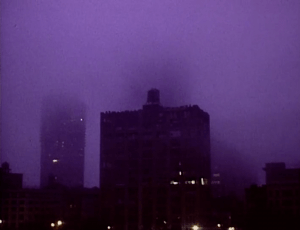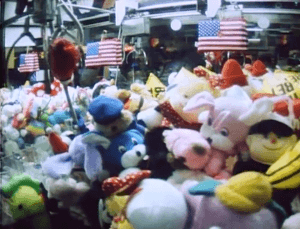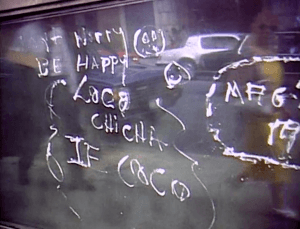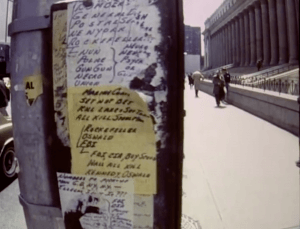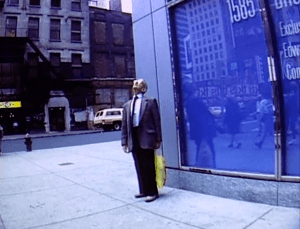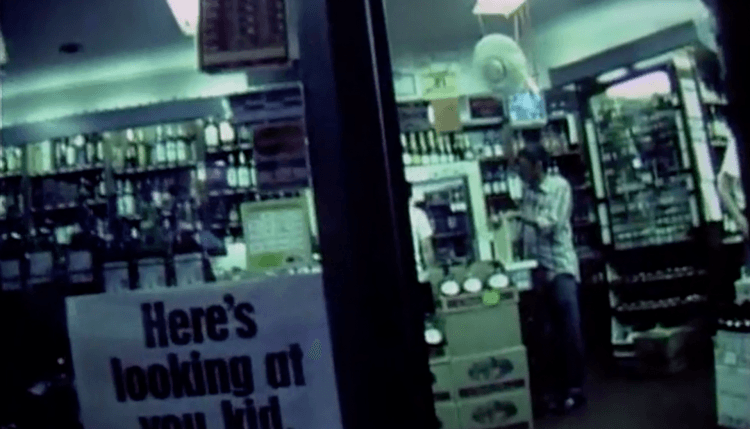
Lost Book Found: Film Viewing
Within the first few minutes of the film, I was already drawn to the mellow voice that guides the film. There was something about the voice that almost made it seem like the narrator’s voice was from a distant memory in my head; and I immediately visualize laying in bed at 2AM with a friend next to me, and together, we share deep conversations about where we are and where we have been. The best way I can describe the experience of watching the film is by comparing it the feeling of looking back at distant, yet very distinct memories; they aren’t the clear and lucid, but they are still very distinct and connected to certain emotions.
In its entirety, the film made me feel nostalgic despite having no connection to the places, people, and things that it showed. I think that this feeling was made possible by the way the camera captures everything and put together alongside a slurry, mixed audio experience. Visually, it captures the smallest of things in different areas as well as things that may not even be necessarily related to one another. But it is in these varied subjects that the film captures the emotions and perspective of the person whose story it is based on. In the clips of street grates, food carts, miscellaneous scribbles on the floor, and assortments of objects on the ground, the film reflects the mundanities that make up the majority of the city, and is further supported by the array of audio clips of old songs, church bells, background street noise, and indistinct talking.
By ignoring traditional filmmaking approaches, the film has an almost “raw” feel to it. When we direct the camera in certain ways, it is almost as if we are manipulating a scene to fit our own vision of what it is. This film captures the unrefined and flawed New York; the city that most, if not all, its people live in instead of the dreamlike city that movies and tv shows make it out to be.
This film is the perfect example of how direct references is not always the best way to capture a subject. In the context of Bridge 2: Mapping a Space, this film is a way of showing that there is a lot more that goes into understanding a place than images and research – there are stories and experiences that will completely change our way of seeing a place.
